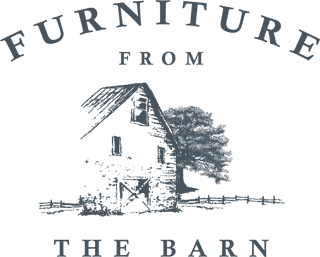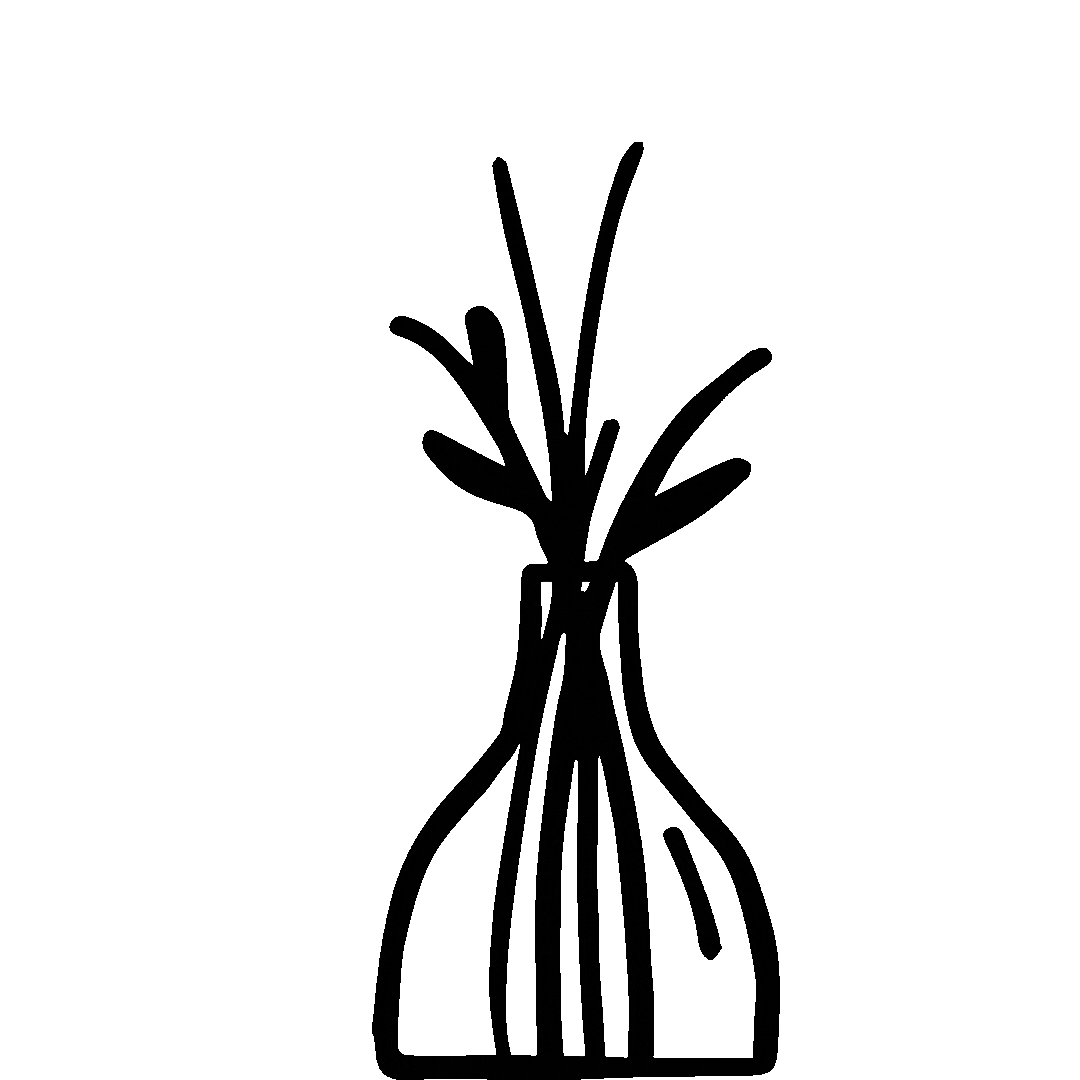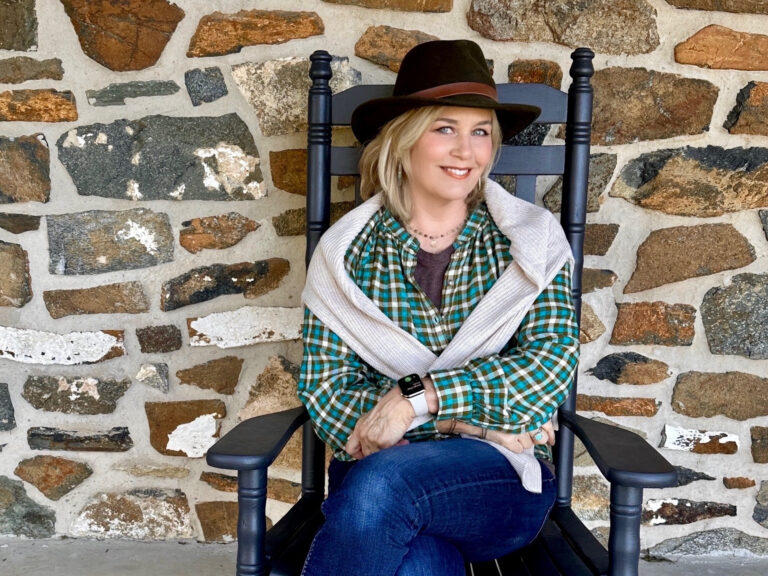There's something special about gathering around a table; it creates a natural space for connection and comfort. Whether your table showcases the weathered character of reclaimed barn wood or the clean beauty of freshly milled lumber, it becomes the heart of your home. From holiday feasts to weeknight homework sessions, we're here to help you find the perfect table that brings your family together, meal after meal.
Finding Your Personal Style: Which Aesthetic Speaks to You?
Farmhouse / Rustic
- The look: Warm, casual, inviting. Often built from reclaimed wood or distressed finishes.
- Features: Chunky turned legs, trestle bases, planked tops, natural knots and grain.
- Tables: Farmhouse dining tables, reclaimed barn-wood coffee tables, sturdy worktables.
Traditional
- The look: Formal, timeless, often inspired by 18th–19th century furniture.
- Features: Carved pedestal bases, ornate feet (claw or bun), rich stains like cherry or mahogany.
- Tables: Chippendale or Queen Anne–style dining tables, classic pedestal side tables.
Transitional
- The look: A bridge between traditional and modern. Balanced and versatile.
- Features: Clean lines with subtle curves, medium wood tones, less ornate but not stark.
- Tables: Dining or coffee tables with simplified pedestal bases, straight legs with soft edges.
Modern / Contemporary
- The look: Sleek, uncluttered, minimal ornamentation.
- Features: Straight legs, thin tops, metal mixed with wood, bold geometric shapes.
- Tables: Parsons tables, slab-top dining tables with steel bases, nesting side tables.
Industrial
- The look: Raw and urban, inspired by factories/warehouses.
- Features: Mix of wood and blackened steel, rivets, reclaimed surfaces, rough finishes.
- Tables: Live-edge slab dining tables with metal bases, adjustable-height worktables, pipe-leg coffee tables.
Scandinavian / Nordic
- The look: Light, airy, functional, rooted in simplicity.
- Features: Pale woods like birch or maple, tapered legs, smooth finishes, organic curves.
- Tables: Round pedestal tables, mid-century-inspired dining tables, minimalist coffee tables.
Mid-Century Modern
- The look: Retro 1950s–1960s design, stylish and functional.
- Features: Tapered legs, clean lines, walnut or teak woods, compact proportions.
- Tables: Oval dining tables, rectangular coffee tables with peg legs, nesting tables.
Coastal / Cottage
- The look: Relaxed, breezy, inspired by beachside living.
- Features: Whitewashed or light finishes, wicker accents, painted bases with natural wood tops.
- Tables: Round pedestal breakfast tables, white painted coffee tables, driftwood accent tables.
Shaker / Mission / Craftsman
- The look: Honest, functional, handcrafted feel.
- Features: Straight legs, tapered legs, removeable legs or mortise-and-tenon joinery, exposed pegs, oak, maple, or cherry woods.
- Tables: Mission dining tables, Shaker trestle tables, solid wood end tables.
Eclectic / Bohemian
- The look: Mix-and-match, personality-driven.
- Features: Painted finishes, vibrant stains, mix of vintage and modern, layered textures.
- Tables: Reclaimed wood coffee tables paired with colorful painted bases, mosaic-tile tops, or unique custom bases.
At Furniture From The Barn, our style is rooted in authentic craftsmanship that honors both tradition and modern living.
Our Design Philosophy:
- Timeless over trendy — We create pieces that will look beautiful in your home for decades, not just seasons
- Function meets beauty — Every table is designed for real life: spilled coffee, homework sessions, and holiday feasts
- Honest materials — Solid hardwood construction, no shortcuts or composite fillers
- Personal connection — We work closely with each family to understand how they live and gather
What Sets Us Apart:
- Custom sizing that actually fits your space and lifestyle
- Heritage techniques combined with modern finishing processes
- Sustainable practices through reclaimed wood and responsible sourcing of new wood
- American-made craftsmanship
Whether you're drawn to the rustic charm of reclaimed chestnut or the versatile beauty of white oak, we'll help you create a gathering place that reflects your family's unique style and story.
How to Measure Your Space for the Perfect Table
Before investing in a custom table, take these simple steps to ensure your dining space can comfortably accommodate the size you need:
-
Measure the entire room dimensions — Get the total length and width of your dining area. For open concept spaces, identify the logical boundaries where the dining zone begins and ends.
-
Account for other furniture — Measure and mark the footprint of sideboards, china cabinets, or any other furniture that will remain in the room.
-
Map traffic patterns — Identify doorways and primary walkways through the space. These areas need extra clearance (at least 36").
-
Use painter's tape to outline — Create a visual reference by taping the table dimensions directly on your floor. Include both the table and the space chairs will occupy when pulled out (approximately 18-24" from the table edge).
-
Test with chairs — If possible, position chairs around your taped outline and sit in them. This reveals whether the space feels comfortable when people are actually seated.
-
Consider extensions — If you're interested in an extendable table, tape both the closed and extended configurations to ensure both will work in your space.
Remember: A table that's properly sized for your space will not only look better but will make everyday use and entertaining much more comfortable for everyone.
Before diving into wood types and finishes, make sure your table truly fits your people and your room.
Rule of thumb: Plan ~24" space per guest for everyday dining; ~30" space feels right for formal place settings.
How many people can I sit at my table? What is the right size table for my gathering?
| Guests | Table Length | Table Width | Room Needed assuming ~36" space walkway behind chairs |
|---|---|---|---|
| 4–6 | 60–72" | 36–40" | 11'–12' × 9'–9'4" |
| 6–8 | 72–84" | 38–42" | 12'–13' × ~9'3"–9'6" |
| 8–10 | 84–96" | 40–44" | 13'–14' × ~9'4"–9'8" |
| 10–12 | 96–108" | 42–44" | 14'–15' × ~9'6"–9'8" |
| 12+ | 120–132" | 42–48" | 16'–17' × 9'6"–10' |
| 14+ | 144–156" | 42–48" | 18'–19' × 9'6"–10' |
How much space do I need for traffic flow in the room and around my table? You'll want ~36" walkways behind seated diners (32" is acceptable where no one needs to pass; 44" is ideal where people will walk behind). We sized the table plus that clearance on all sides.
The Great Debate: New Wood vs. Reclaimed Wood
When New Wood Makes Sense (and Why It's Trending)
Why Choose New Wood for Your Table?
- Sustainability — Farmed in the USA with responsible forestry practices that ensure future generations can enjoy the same resources.
- Durability — Hardwoods are naturally resilient, making them ideal for tables that will see daily use.
- Beauty — Each wood type has its own natural color, grain, and texture, giving every table a unique personality.
- Craftsmanship — New wood allows for consistent quality and precise joinery, ensuring heirloom-level pieces built to last.
- American Grown — By using domestic hardwoods, we support American forestry, reduce transport emissions, and maintain a direct connection to our land and heritage.
New wood tables can deliver excellent value without sacrificing quality.
New wood tables are usually built from:
RED OAK


WHITE OAK

RUSTIC WHITE OAK

RUSTIC CHERRY

SAP CHERRY

SELECT CHERRY


RUSTIC HICKORY

WALNUT

BROWN MAPLE


AMBROSIA MAPLE

All of our tables are crafted from solid wood. No veneers or composites are ever used in construction. Every species we work with is a premium hardwood, ensuring durability and longevity that will serve your family for generations. This commitment to solid hardwood construction means your table will develop character over time while maintaining its structural integrity.
What makes new wood tables special? Working with fresh lumber opens up design possibilities that reclaimed wood simply can't match. New wood tables allow us to create innovative table designs with features like center extension mechanisms, where the table opens from the middle and you can conveniently self-store the extensions when not in use. We can also craft more diverse leg and base styles that require precise engineering, something that's often limited when working with the variable dimensions and characteristics of reclaimed materials.
Additional advantages of new wood:
- Superior stain acceptance — New wood takes stain exceptionally well, allowing for precise color control and even finishes. White oak is our top recommendation for lighter tables: it delivers beautifully creamy tones with cool undertones and soft gray notes that create that sought-after driftwood aesthetic. White oak can achieve light brown tones that lean cool rather than warm, making it perfect for contemporary and transitional spaces. This versatile species has surged back into popularity over the past couple of years, dominating both the table and flooring markets for good reason.
- Lighter finishes that brighten spaces. White oak, maple, or red oak can all be finished with soft gray/"driftwood" tones.
- Consistent grain for modern or mid-century-leaning interiors.
- Often lower price than reclaimed oak and chestnut and larger pine trestle tables due to sourcing/prep.
- Typically faster lead times.
Wood Hardness Guide: Understanding Durability
When selecting wood for your table, hardness is a key factor in determining how well it will stand up to daily use. The Janka hardness scale measures the force required to embed a steel ball into wood, giving us a reliable way to compare durability across species.
| Wood Species | Janka Hardness | Durability Rating | Best For |
|---|---|---|---|
| Hickory | 1,820 lbf | Extremely Hard | Heavy-use family tables, kitchens with kids |
| White Oak | 1,360 lbf | Very Hard | All-purpose dining, high-traffic areas |
| Red Oak | 1,290 lbf | Very Hard | Traditional dining rooms, everyday use |
| Walnut | 1,010 lbf | Hard | Formal dining, lower-traffic spaces |
| Cherry | 950 lbf | Medium-Hard | Dining rooms, accent tables |
| Maple (Soft/Brown) | 950 lbf | Medium-Hard | Painted finishes, kitchen tables |
| Ambrosia Maple | 950 lbf | Medium-Hard | Statement pieces, dining tables |
| Yellow Pine (Reclaimed) | 870 lbf | Medium | Farmhouse tables, rustic settings |
| Douglas Fir (Reclaimed) | 710 lbf | Medium | Character tables, moderate use |
| Chestnut (Reclaimed) | 540 lbf | Medium | Character pieces, moderate use |
| White Pine (Reclaimed) | 380 lbf | Soft | Decorative pieces, light use |
What do these numbers mean for your table?
- 1,300+ lbf: Exceptional resistance to dents and scratches—ideal for families with children
- 900-1,300 lbf: Great everyday durability with proper care
- 500-900 lbf: Good for moderate use; adds character marks over time
- Below 500 lbf: Best for lighter use or when character/patina is desired
Our Professional Finishing Process
Our team of finishers uses a professional-grade stain that is sprayed onto the furniture and allowed to soak in. It is then wiped off by hand. It is sealed and top-coated with our catalyzed varnish for a beautiful finished product that is durable, wipeable, and water-resistant.
When Reclaimed Wood Is Worth the Investment
What Makes Reclaimed Wood Special?
- One-of-a-Kind Beauty — No two tables are ever alike. Variations in color, knots, nail holes, and grain patterns are what make each piece truly unique.
- Wider Boards — Our reclaimed lumber comes from trees that were allowed to grow large and tall—wider boards you simply can't find in today's lumber.
- Old-Growth Quality — Historic timbers were cut from trees that grew slowly without fertilizers or pesticides, making them denser, stronger, and more stable than modern farmed wood.
- Sustainability — By reusing and restoring this historic lumber, we give new life to wood that would otherwise be lost.
Finishing by Hand
Each reclaimed wood table is hand-finished in our workshop. We blend oils and stains to enhance the wood's natural tones, and every coat is hand-sanded between applications to create a finish that is smooth to the touch yet rich with depth. The result is a table that honors its history while being ready for generations of new memories around it.
Reclaimed farmhouse tables bring an unmistakable story:
Species of reclaimed wood:
Reclaimed WHITE PINE
Classic farmhouse appeal with soft warm tones are a favorite among most. Distinctive knots, usually black. Variation of color that makes it so appealing.


Reclaimed YELLOW PINE
Durable Southern species, harder wood than white pine, usually light in color with pronounced growth rings.

Reclaimed FIR
Less knots than yellow and white pine, naturally has amber and cherry tones, sometimes can be mistaken for cherry wood amber hues.

Reclaimed RED OAK
Traditional hardwood with prominent grain and excellent structural integrity. Reclaimed red oak has much tighter grain than the oak of today.


Reclaimed CHESTNUT
Premium heritage species with distinctive worm holes and exceptional character, typically finished in light to medium tones. Prized for its natural decay resistance.


Why choose reclaimed wood?
- Character you can't fake—historic grain, occasional nail holes, saw marks.
- Sustainability narrative—Sustainable lumber salvaged from mainly old barns and buildings from the 1700s and 1800s, giving it a second life. Reclaim, reuse, relove.
- Conversation piece—each board is unique.
- Heirloom feel—properly built tables can serve families for generations.
- American chestnut and other reclaimed species are prized for natural decay resistance and history. Note that American chestnut was devastated by an introduced blight (circa 1904) and is functionally extinct as a mature canopy tree in the wild; restoration work continues.
Build quality note: Whether new or reclaimed, boards are kiln-dried to indoor moisture levels (~6–8%) to improve stability in service.
Holiday Ordering Deadlines
Reserve your table in time for the holidays:
- Christmas/Holiday delivery: Order by September 18
Ready to create your perfect gathering place? Contact us today to discuss your custom table options and receive personalized wood and finish samples.




